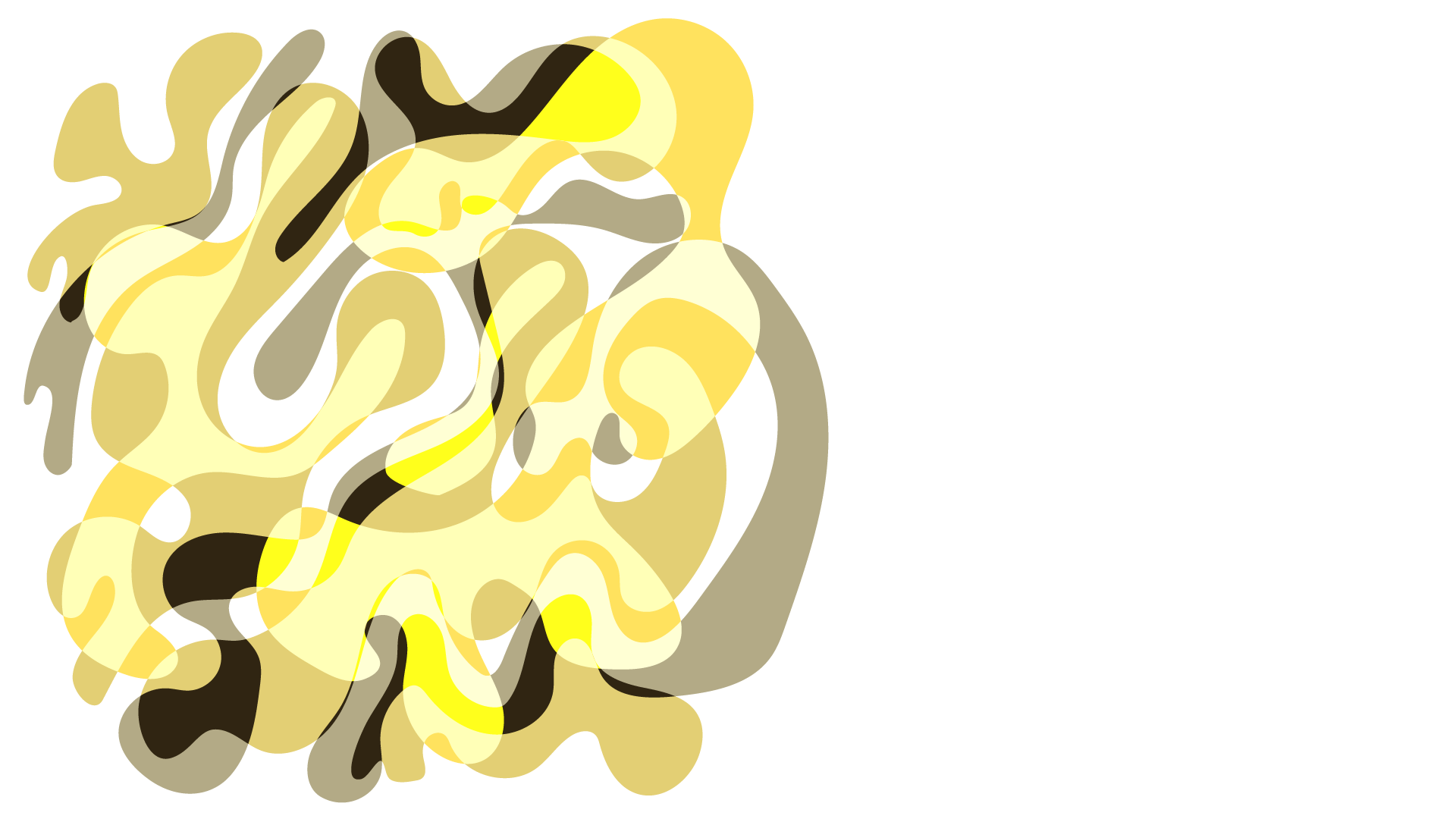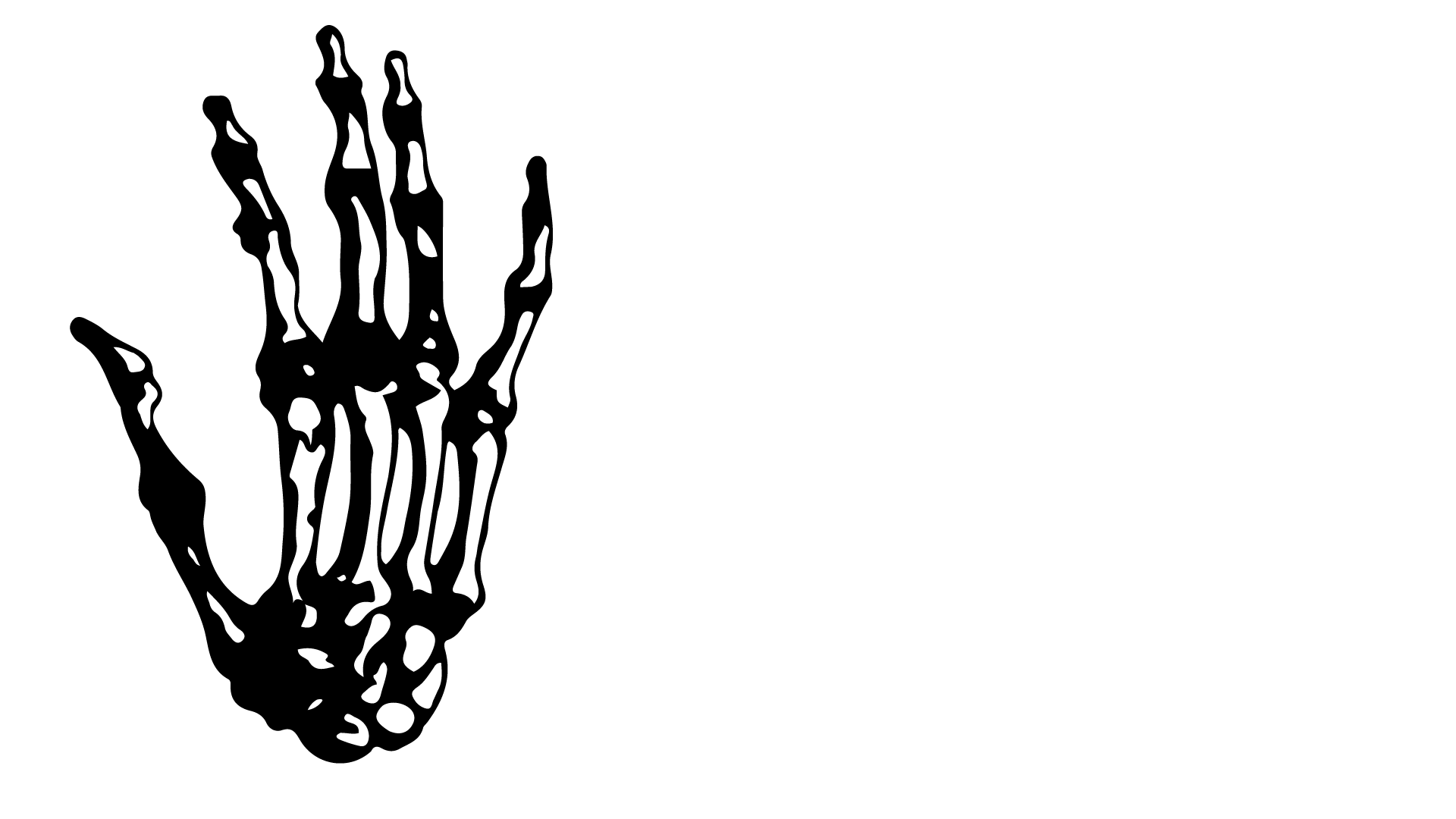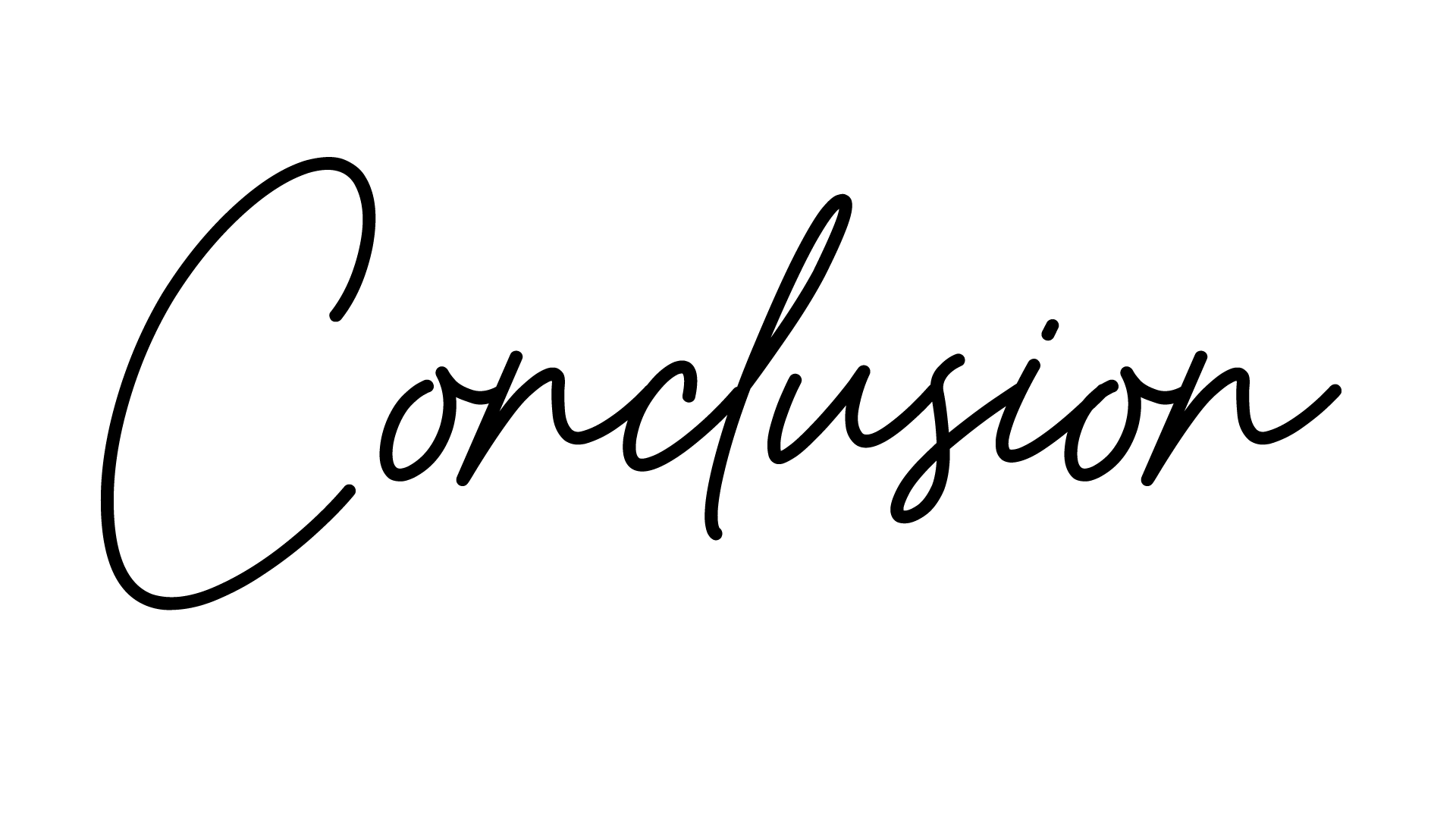Home



Before I began this project, I had no awareness that reportage illustration even existed, let alone its function in the world of photographic journalism. Although it appears to be obstructed from the general population's view, I believe it has qualities of value that traditional journalism does not. Something I had been aware of in my work in the past is that tragedies draw in the vultures. Now, there is a difference between fetishising a horrific event and documenting it. From what I have learnt of reportage illustration it’s a much more labour-intensive, human-driven and symbiotic process. The artist is not only required to interact with their surroundings but to have the consent of those they depict. In this way, the artist isn’t only drawing from their perspective on what they’re documenting but also from the perspective of the people entangled with it. This may defeat the cynical view that news, for example, reduces people and locations into small digestible chunks, sanitised enough to remove itself from what happened.
“How can you write down my soul? I can’t make sense of it myself” (Burakova, N.A, 1997)
My artwork is heavily inspired by Vietnam-era Psychedelia and music, and because this is something I was not alive for my art is the sum of my sources. Although it’s academically required of me, I genuinely thoroughly enjoy writing and research. I believe to a degree it’s at the core of my visual aesthetic. In summary, I see a lot of myself in reportage illustration, but I can honestly say I do not yet know what professional category I would assign my work. Loosely I can say I’d fit myself somewhere into the research umbrella but I will have to do further work in the future to understand where I stand with it.
Professional Practice
Materials And Processes
Moral and Ethical Considerations
Conclusion
Bibliography